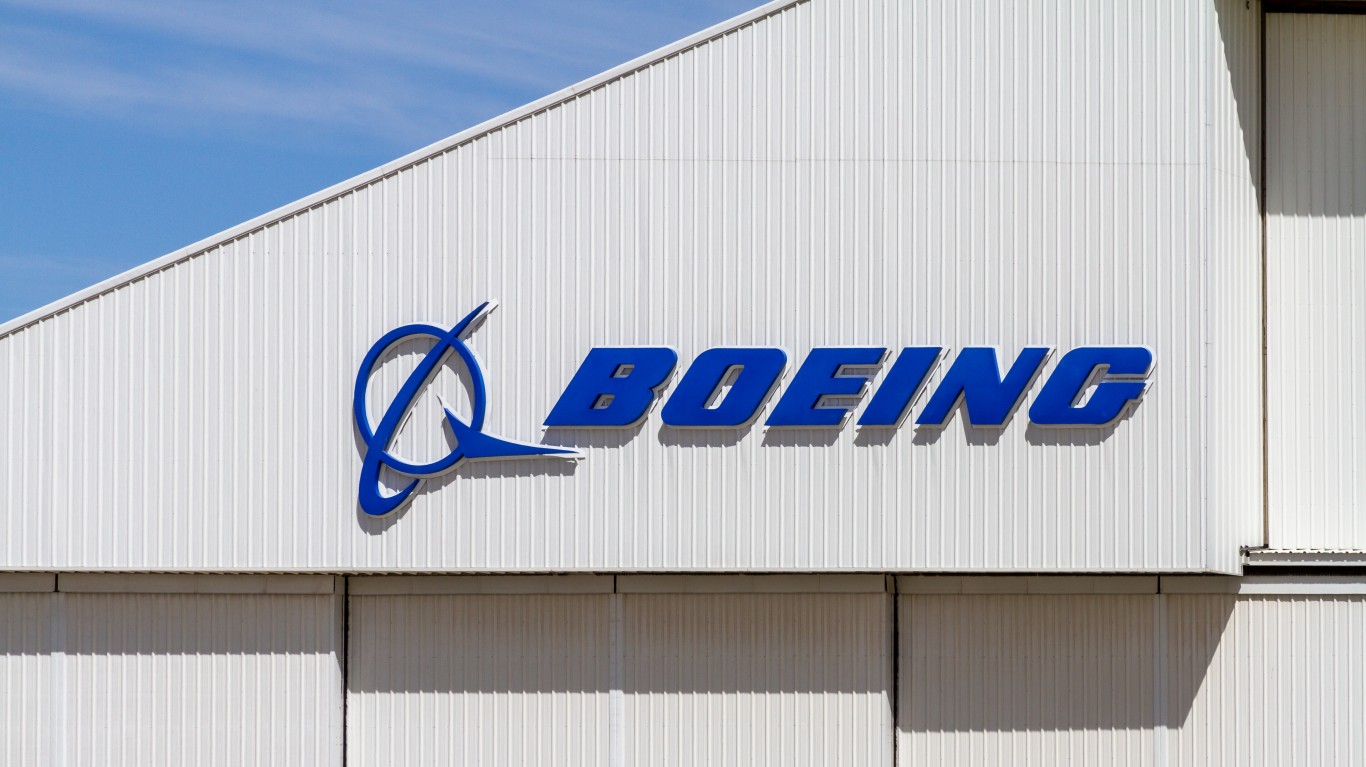
Lyft Inc. (NASDAQ: LYFT) stock is gaining momentum after a relatively strong earnings report, all things considered. While the coronavirus pandemic has slowed most businesses, the optimism on Wall Street surrounding Lyft and rival Uber Technologies Inc. (NYSE: UBER) is growing.
These ride-hailing companies were on the path to profitability, but the pandemic has made the journey difficult, to say the least. Ramping up business, improving cost efficiencies and generally going on the offensive are not necessarily easy, but they are far more difficult considering the current market climate. The COVID-19 crisis actually has pushed both of these companies to play a more defensive game, circling the wagons and instituting cost-cutting measures.
[in-text-ad]
Earnings
The San Francisco ride-hailing company reported its most recent quarterly results earlier this week, prompting an incredible reaction by investors. While the bottom line lagged expectations, the top line was shocking. Shares of Lyft jumped over 21% in response.
The ride-hailing company said that it had a net loss of $1.31 per share and $955.7 million in revenue. That compared with consensus estimates that called for a net loss of $0.64 per share and $897.86 million in revenue. The same period of last year reportedly had a net loss of $48.53 per share and $776.0 million in revenue.
During the most recent quarter, active riders increased 3% year over year to 21.21 million. Revenue per active rider was up 19% to $45.06, an increase from $37.86.
Lyft reported $2.7 billion of unrestricted cash, cash equivalents and short-term investments at the end of the first quarter of 2020.
View From the Top
One job of the executive team of any company is to allocate resources in line with the company’s overall goal. The best chief executive officers to do this by driving growth and innovation for a company within its industry. In a bear market, the game changes.
The task that Lyft’s executive team confronts is playing a defensive allocation game. Essentially, their job is to allocate Lyft’s resources in such a way that the company will lose less money during this time. Here’s what a couple of the executives had to say about this strategy.
Logan Green, co-founder and CEO of Lyft, commented in the earnings report:
While the COVID-19 pandemic poses a formidable challenge to our business, we are prepared to weather this crisis. We are responding to the pandemic with an aggressive cost reduction plan that will give us an even leaner expense structure and allow us to emerge stronger. Our competitive resilience and commitment to our culture and values will put Lyft in the best position to deliver on our mission of improving people’s lives with the world’s best transportation.
Brian Roberts, chief financial officer, added:
Our first quarter results underscore the remarkable progress we have made since our IPO, particularly on our path to profitability as we reduced our Adjusted EBITDA loss to $85 million from $216 million in the year ago period and $131 million in the fourth quarter of 2019. In these uncertain times, we are building on that progress by taking decisive action to reduce costs and further improve our operating efficiency. We expect to remove approximately $300 million from our annual expense run-rate by the fourth quarter of 2020 relative to our original expectations for 2020.
Cost-Cutting Measures
Uber has led the way in reducing its expenses and changing its cost structure. In fact, Uber recently announced that it would be conducting layoffs, cutting 3,700 full-time jobs from its corporate team. Moreover, Uber’s CEO Dara Khosrowshahi has agreed to waive his base salary for the remainder of the year.
Like Uber, Lyft is conducting its own cost-cutting measures. Late in April, Lyft detailed plans to cut 17% of its workforce by laying off 982 employees permanently, as well as instituting double-digit pay cuts, furloughs and the exit of some of its facilities. Again, these are plans to save the company money in the long term.
As CFO Roberts detailed, the company plans to reduce its operating expenses and adjust its cash flow. Overall, Lyft expects to take a $28 million to $36 million restructuring charge as a result of layoffs, severance packages and the shutdown of certain facilities in the second quarter.
In terms of the furloughs, management said that it would let go of 288 employees. These employees will retain benefits but will go without pay.
Lyft also will institute pay cuts on the base salary for its exempt employees for a 12-week period. Executives in the leadership team will see a 30% reduction in pay, vice presidents will take a 20% cut and all other exempt employees will receive a 10% pay cut. Also, Lyft’s directors will forgo 30% of their cash compensation.
The question is whether all these cost reductions will be enough to keep Lyft afloat in these trying economic times.
The Average American Has No Idea How Much Money You Can Make Today (Sponsor)
The last few years made people forget how much banks and CD’s can pay. Meanwhile, interest rates have spiked and many can afford to pay you much more, but most are keeping yields low and hoping you won’t notice.
But there is good news. To win qualified customers, some accounts are paying almost 10x the national average! That’s an incredible way to keep your money safe and earn more at the same time. Our top pick for high yield savings accounts includes other benefits as well. You can earn up to 3.80% with a Checking & Savings Account today Sign up and get up to $300 with direct deposit. No account fees. FDIC Insured.
Click here to see how much more you could be earning on your savings today. It takes just a few minutes to open an account to make your money work for you.
Our top pick for high yield savings accounts includes other benefits as well. You can earn up to 4.00% with a Checking & Savings Account from Sofi. Sign up and get up to $300 with direct deposit. No account fees. FDIC Insured.
Thank you for reading! Have some feedback for us?
Contact the 24/7 Wall St. editorial team.
 24/7 Wall St.
24/7 Wall St.

